Have you ever wondered if it’s possible to transform the rich and intense flavor of dark chocolate into a creamy and indulgent milk chocolate? Well, get ready to have your taste buds tantalized and your chocolate-loving mind blown, because in this blog post, we are going to unveil the secret behind this incredible transformation.
Dark chocolate has long been cherished for its bold and slightly bitter taste, while milk chocolate is loved for its smooth and sweet profile. But what if you could combine the two and create a chocolate that perfectly balances the best of both worlds? That’s exactly what we’re about to delve into.
In this article, we will explore the fascinating process of turning dark chocolate into silky, creamy milk chocolate. We will unravel the science behind it, uncover the techniques used by chocolatiers, and reveal some insider tips to achieve the perfect result every time. So whether you’re a chocolate connoisseur looking to experiment with flavors or simply curious about the magic that happens in the world of chocolate-making, you’re in for a treat!
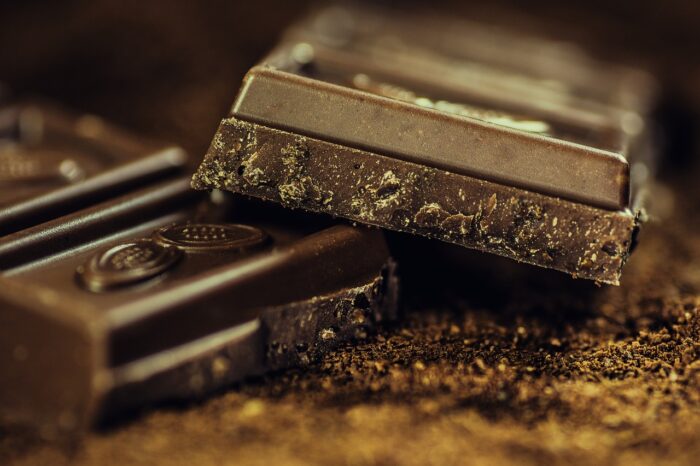
But before we dive into the process, let’s take a moment to appreciate the beauty and complexity of dark chocolate. Its robust flavor and high cocoa content make it a favorite among chocolate enthusiasts who relish its depth and complexity. However, for those who prefer a milder, sweeter taste, milk chocolate has always been the go-to option. But what if we could bridge the gap and create a chocolate that satisfies both palates? That’s where the secret comes in, and we’re about to reveal it to you.
So grab your chocolate molds and let’s explore the transformational journey of turning dark chocolate into velvety milk chocolate. Get ready to indulge in the secrets, techniques, and science behind this enticing process. Your taste buds won’t be disappointed, and you may even discover a new appreciation for the art of chocolate-making. Are you ready to unlock the secret and embark on this delicious adventure? Let’s get started!
The Distinctive Flavors of Dark and Milk Chocolate
Before we delve into the process of transforming dark chocolate into creamy milk chocolate, let’s first understand the distinctive flavors that set these two types of chocolate apart. Dark chocolate is known for its intense and robust flavor, with a higher percentage of cocoa solids and less sugar. It often has a slightly bitter taste that appeals to those who enjoy more complex flavors.
On the other hand, milk chocolate is characterized by its smooth and sweet profile. It contains a lower percentage of cocoa solids and a higher amount of sugar and milk powder. This combination creates a milder taste that is widely loved by people of all ages.
Now, imagine being able to combine the richness of dark chocolate with the creaminess of milk chocolate. The result would be a delectable treat that satisfies both your craving for bold flavors and your desire for sweetness. But how can this transformation be achieved? Let’s find out!
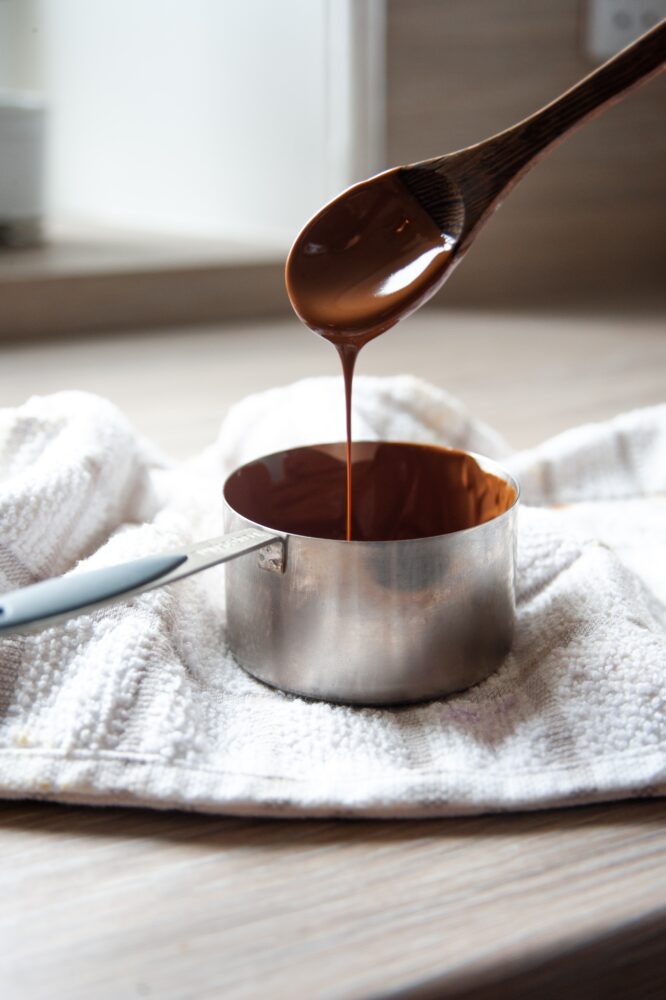
Understanding the Science Behind the Transformation
The process of turning dark chocolate into milk chocolate involves several scientific principles that affect its texture, sweetness, and overall taste. One key aspect is understanding how different ingredients interact with each other during the transformation.
Milk powder plays a crucial role in creating the creamy texture of milk chocolate. When added to dark chocolate, it helps bind moisture and fat together, resulting in a smoother mouthfeel. The presence of milk powder also contributes to the distinct milky flavor that sets milk chocolate apart from its darker counterpart.
In addition to milk powder, balancing sugar levels is essential for achieving the perfect sweetness in milk chocolate. Dark chocolate typically contains less sugar than milk chocolate, so adding an appropriate amount ensures that the final product strikes a harmonious balance between bitterness and sweetness.
The Role of Milk Powder in Creating Creaminess
Milk powder is a key ingredient in the transformation of dark chocolate into milk chocolate. It not only adds creaminess but also contributes to the unique flavor profile of milk chocolate.
When milk powder is added to dark chocolate, it acts as an emulsifier, helping to bind the cocoa solids and fat together. This creates a smoother texture and enhances the overall mouthfeel of the chocolate. The presence of milk powder also adds a subtle milky taste that complements the richness of dark chocolate.
To achieve the desired creaminess, it’s important to use high-quality milk powder that is finely ground and free from any lumps. This ensures that it blends seamlessly with the dark chocolate, resulting in a smooth and velvety final product.
Balancing Sugar Levels for the Perfect Sweetness
Another crucial aspect of transforming dark chocolate into milk chocolate is achieving the perfect balance of sweetness. Dark chocolate typically contains less sugar than its milk counterpart, so adding an appropriate amount is essential to create a harmonious flavor profile.
When sugar is added to dark chocolate during the transformation process, it not only sweetens the overall taste but also helps balance out any bitterness. The amount of sugar added can vary depending on personal preference, but it’s important not to overpower the natural flavors of both types of chocolate.
Chocolatiers often experiment with different ratios of sugar to cocoa solids until they find the ideal balance that satisfies their taste buds. This careful calibration ensures that each bite of milk chocolate delivers a delightful sweetness without overshadowing its distinct characteristics.
The Art of Tempering: Achieving the Right Texture
Tempering is a crucial step in transforming dark chocolate into creamy milk chocolate. It involves carefully heating and cooling the chocolate to achieve the desired texture and ensure that it has a glossy appearance.
During the tempering process, the chocolate undergoes a series of temperature changes, which help stabilize its cocoa butter crystals. This results in a smooth and shiny texture that is characteristic of well-tempered chocolate.
When transforming dark chocolate into milk chocolate, the tempering process becomes even more important. The addition of milk powder and sugar can affect the overall consistency of the chocolate, so proper tempering ensures that these ingredients are evenly distributed throughout the mixture.

Adding Emulsifiers for Smoothness and Stability
In addition to milk powder, emulsifiers are often added during the transformation process to enhance the smoothness and stability of milk chocolate. Emulsifiers help bind together ingredients that would otherwise separate, such as cocoa solids, fat, and sugar.
Common emulsifiers used in chocolate-making include soy lecithin or sunflower lecithin. These natural compounds act as a bridge between water-based and fat-based ingredients, ensuring that they blend seamlessly together. You will be looking for liquid versions.
The addition of emulsifiers not only improves the texture of milk chocolate but also extends its shelf life by preventing any separation or blooming. This allows you to enjoy your homemade creamy milk chocolate for longer without compromising its quality.
Exploring Flavor Enhancements for a Unique Taste
While turning dark chocolate into creamy milk chocolate is primarily about achieving the right texture and sweetness, there’s also room for experimenting with flavor enhancements to create a unique taste profile.
Chocolatiers often add various flavorings such as vanilla extract, coffee powder, or even spices like cinnamon or chili powder to elevate the taste of their milk chocolate. These additions complement the richness of dark chocolate while adding an extra layer of complexity to the overall flavor.
When exploring flavor enhancements, it’s important to strike a balance and not overpower the natural flavors of both dark and milk chocolate. The goal is to create a harmonious blend that highlights the best of both worlds.
Insider Tips for Successful Dark to Milk Chocolate Conversion
Now that we’ve explored the science and techniques behind transforming dark chocolate into creamy milk chocolate, let’s dive into some insider tips to ensure your conversion is a success:
- Use high-quality dark chocolate with a cocoa content of at least 70% for the best results.Choose a fine and smooth milk powder that blends easily with the dark chocolate.Experiment with different ratios of sugar to cocoa solids until you find your desired level of sweetness.Invest in a reliable thermometer to accurately temper the chocolate and achieve the perfect texture.Add flavor enhancements sparingly, keeping in mind that they should complement rather than overpower the natural flavors of both types of chocolate.
By following these tips, you’ll be well on your way to creating your own batch of deliciously creamy milk chocolate!

The Final Result: Enjoying Creamy Milk Chocolate
After all the careful steps and considerations, it’s time to enjoy the fruits of your labor. The final result of transforming dark chocolate into creamy milk chocolate is a treat that combines the best qualities of both types of chocolate.
Use fund molds to create gorgeous and fun shapes for your milk chocolate and just have fun with it.
The velvety texture, balanced sweetness, and unique flavor profile make this homemade milk chocolate truly irresistible. Whether you choose to savor it on its own or use it as an ingredient in various desserts, you’re in for a delightful experience that will satisfy even the most discerning chocoholic.
Conclusion: Unveiling the Secret to Transforming Dark Chocolate
In conclusion, the secret to transforming dark chocolate into creamy milk chocolate lies in understanding the science behind it and employing the right techniques. By adding milk powder, balancing sugar levels, tempering the chocolate, and incorporating emulsifiers, you can achieve a smooth and indulgent milk chocolate that rivals any store-bought variety.
Remember to experiment with different flavors and ratios until you find your perfect blend. With a little practice and patience, you’ll be able to create your own signature milk chocolate that is sure to impress friends and family.
So go ahead, unleash your inner chocolatier, and embark on this delicious adventure of transforming dark chocolate into creamy milk chocolate. Your taste buds will thank you!




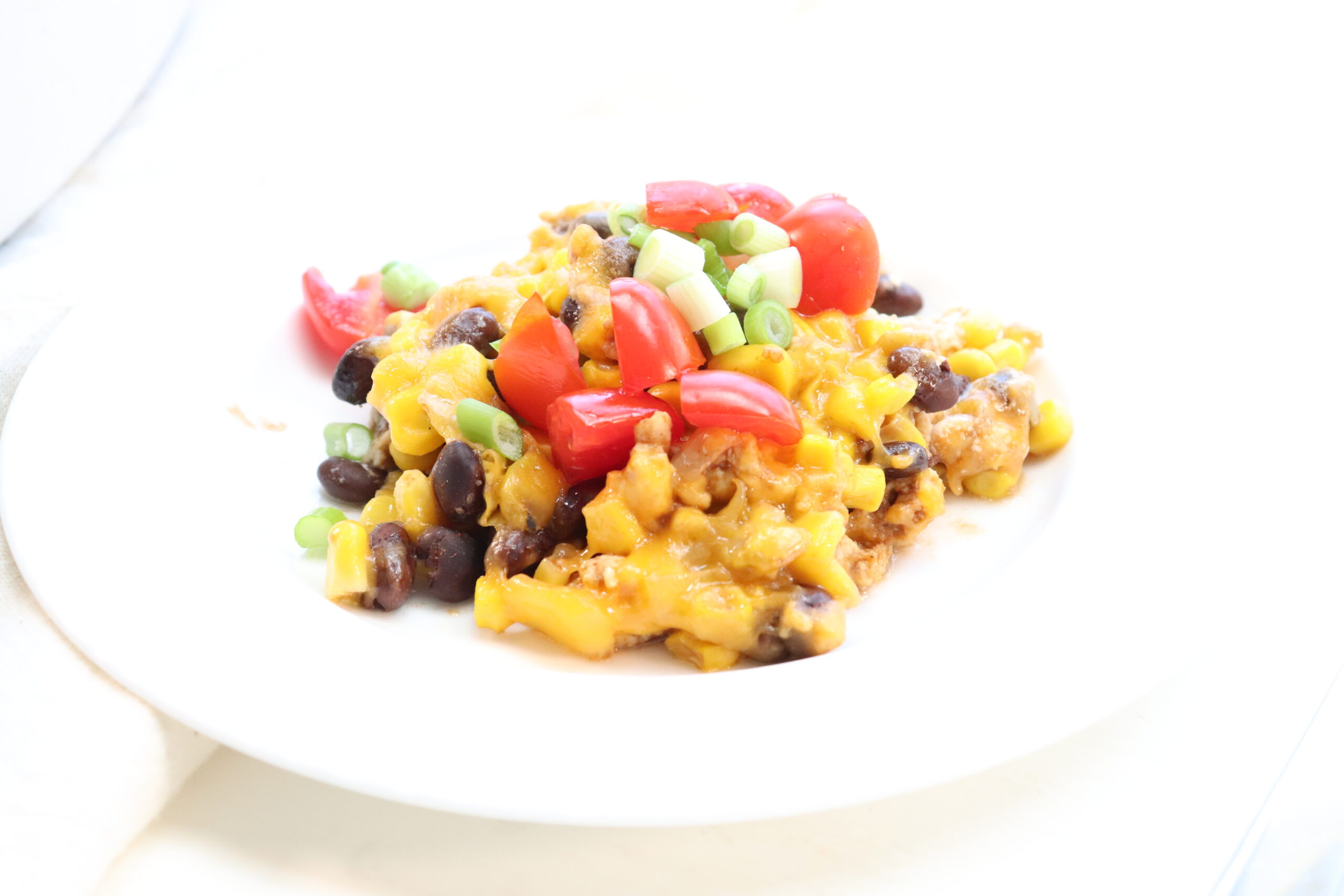
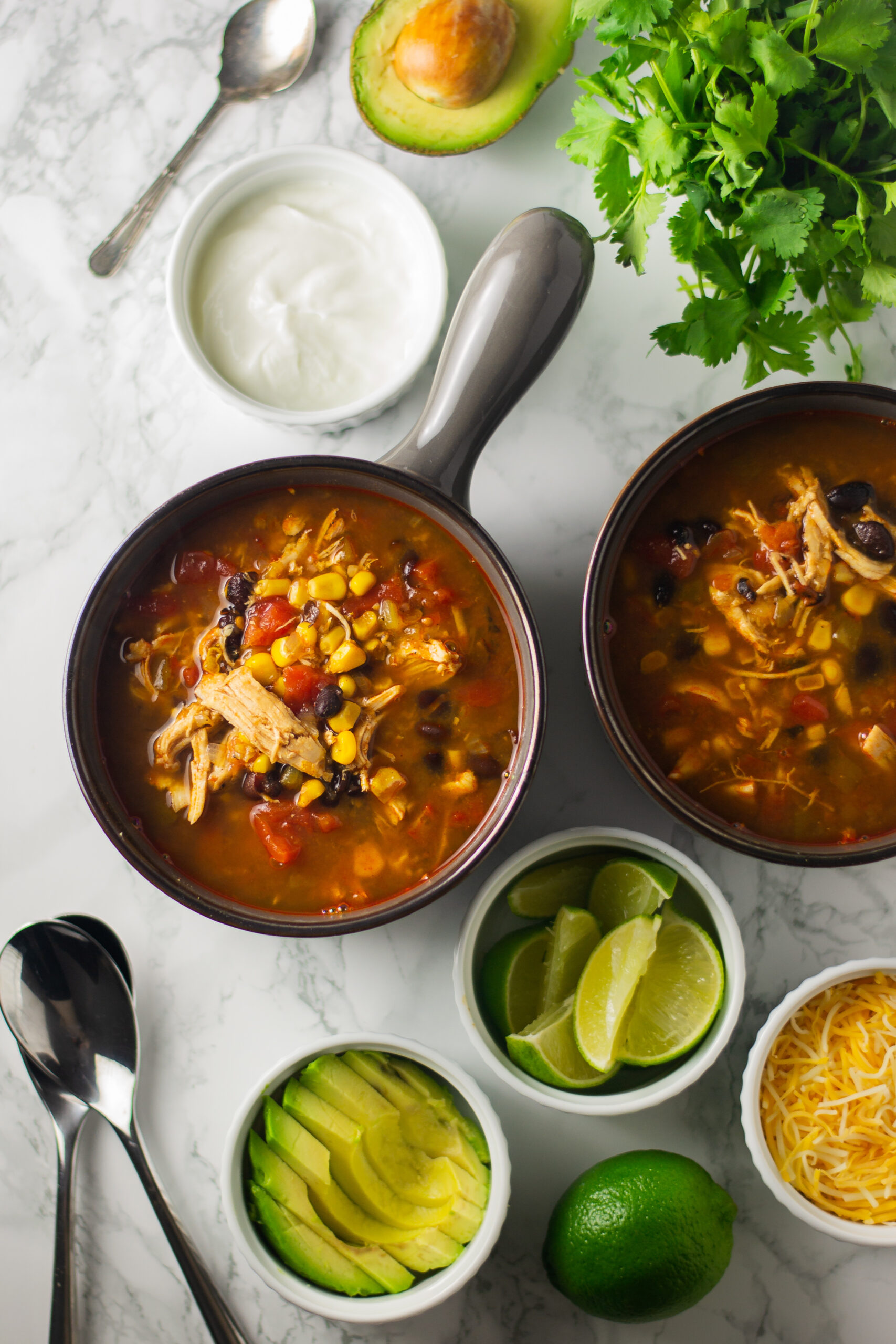


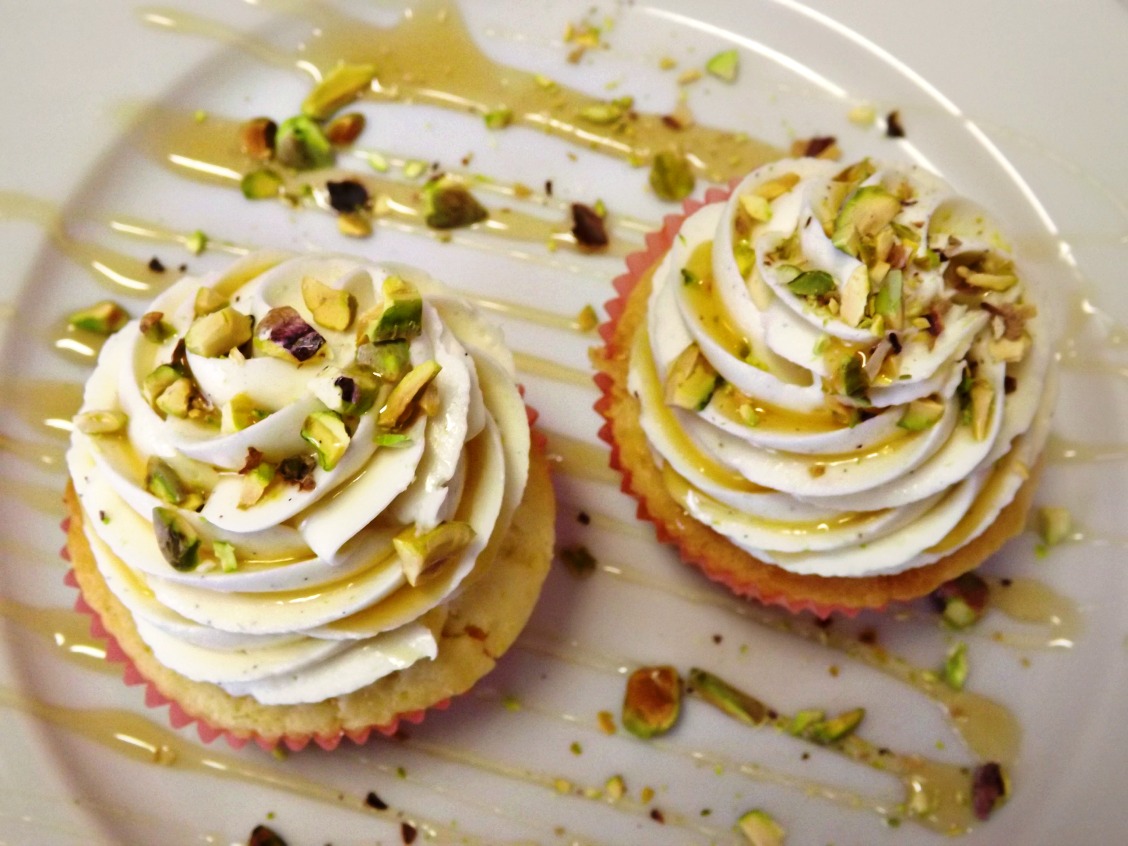

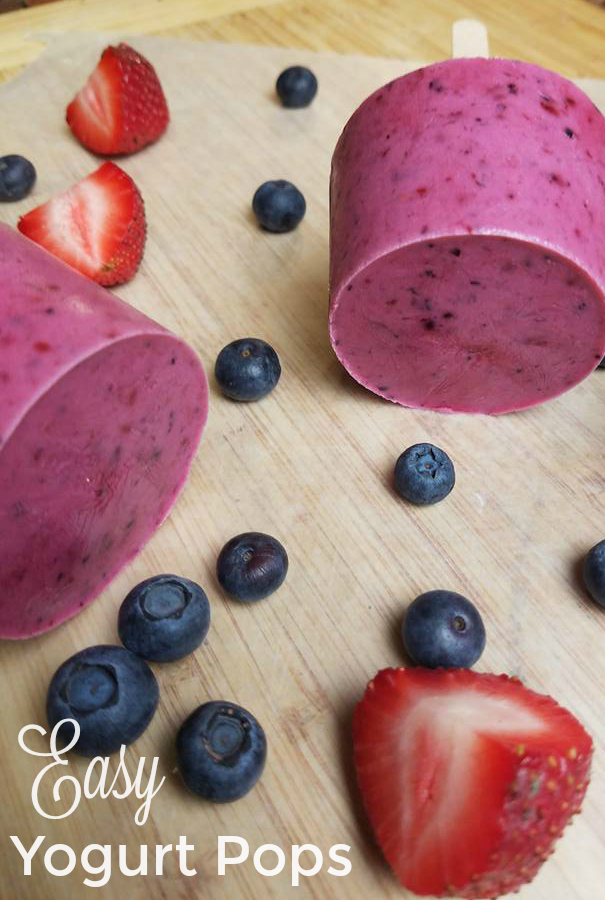
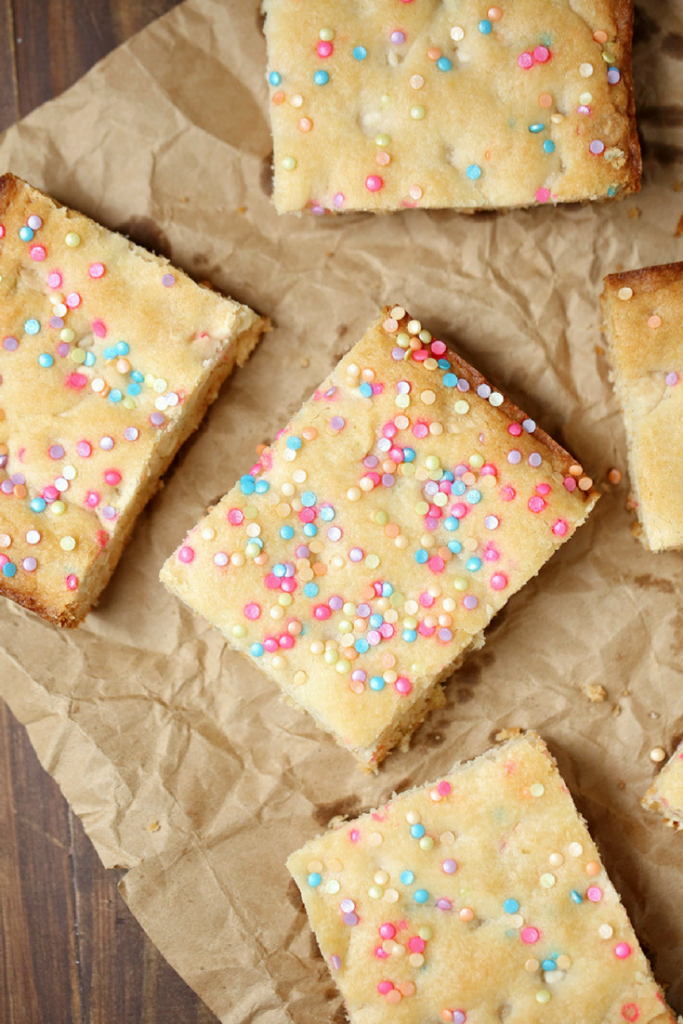
Leave a Reply